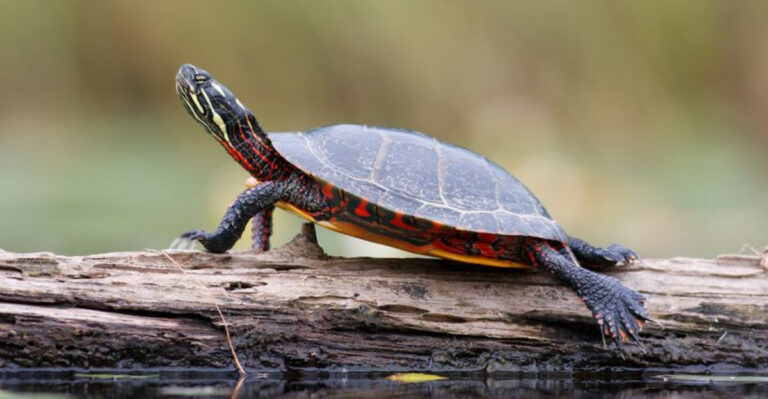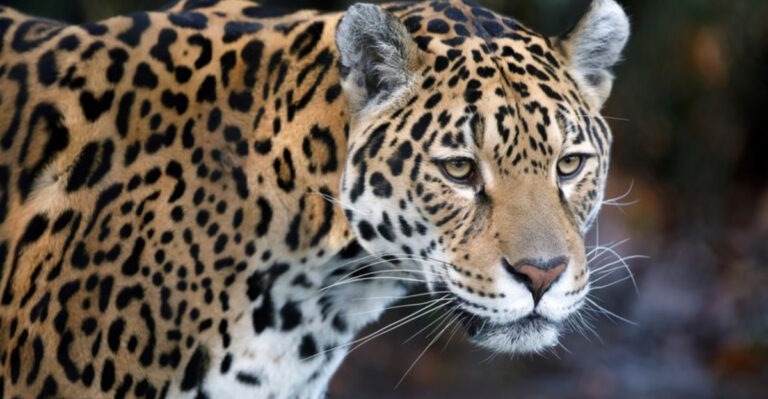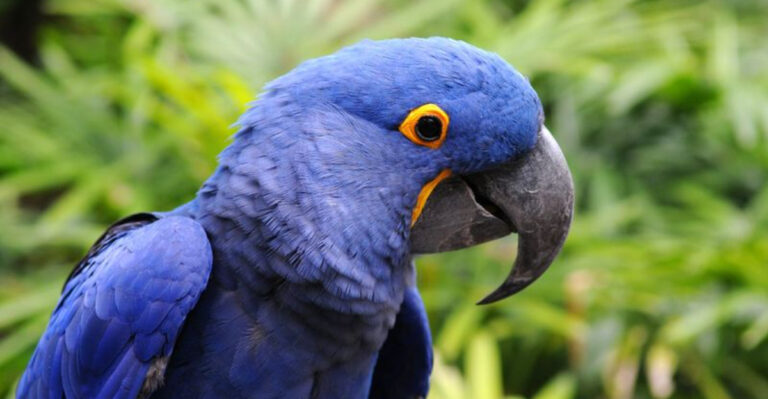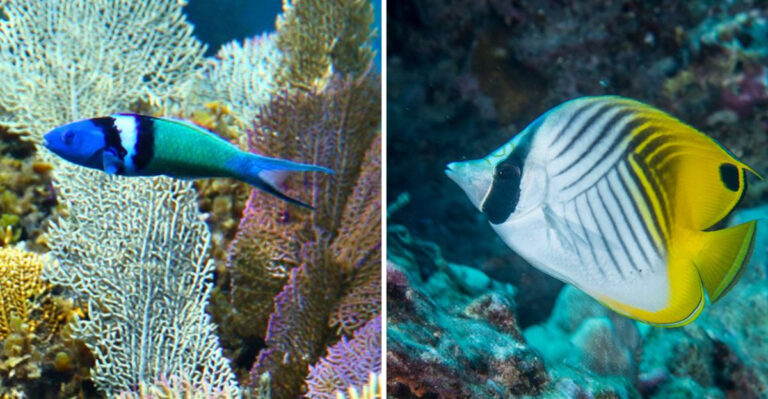Red Pandas Are Vanishing Quickly, Here’s What’s Being Done To Help
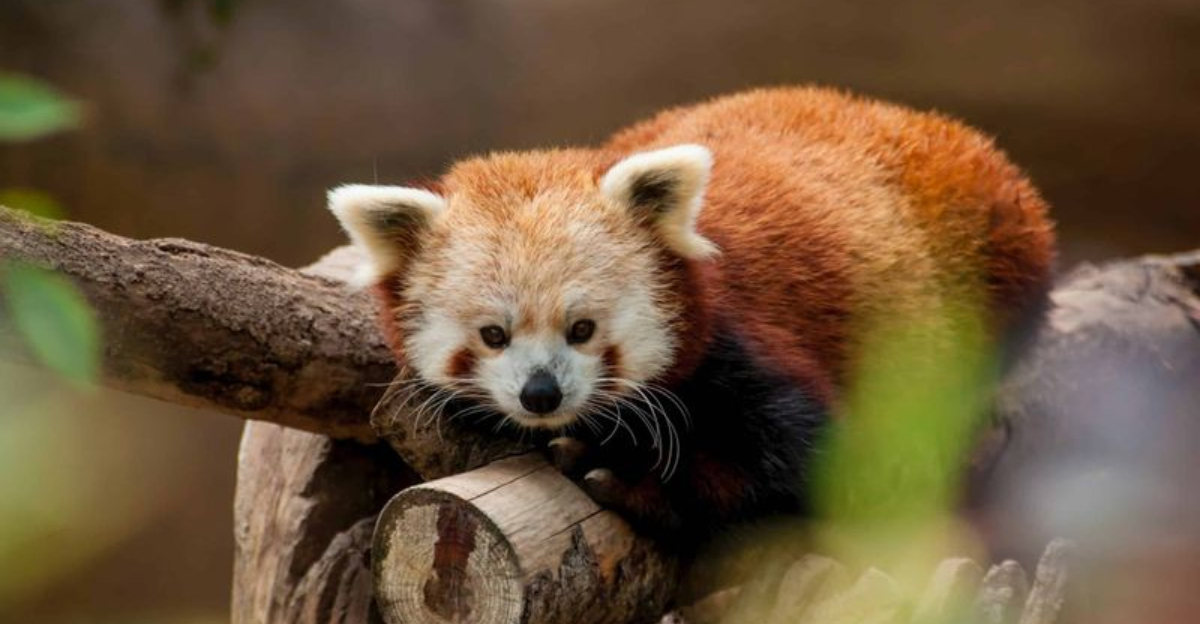
Red pandas, those adorable russet-furred mammals from the Eastern Himalayas, face a dire future with fewer than 10,000 remaining in the wild.
Their population has plummeted by 50% in just three generations, placing them on the endangered species list. Thankfully, conservation efforts are gaining momentum worldwide to save these charismatic bamboo-eaters from extinction.
1. Habitat Loss From Deforestation
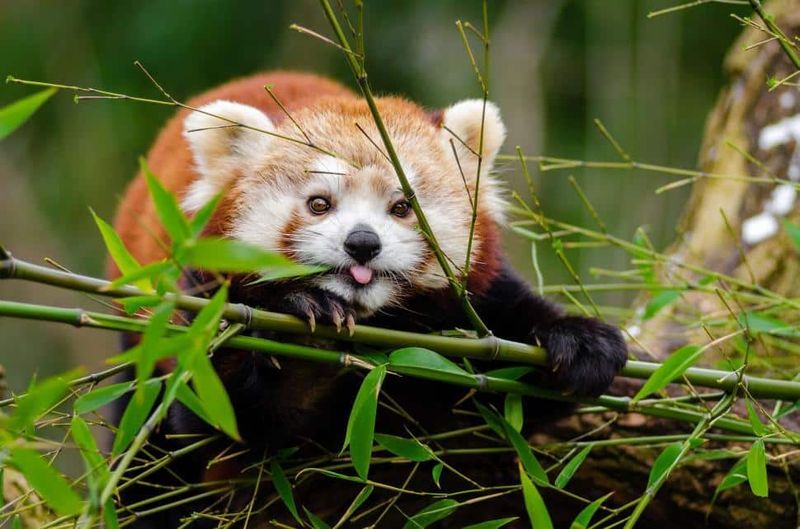
Ancient Himalayan forests are disappearing at an alarming rate. Timber harvesting, agricultural expansion, and new settlements have claimed over 50% of red panda habitat in recent decades.
Conservation groups are now purchasing critical forest areas and working with governments to establish protected zones where logging is banned. These safe havens allow red pandas to maintain their arboreal lifestyle undisturbed.
2. Poaching For The Illegal Pet Trade
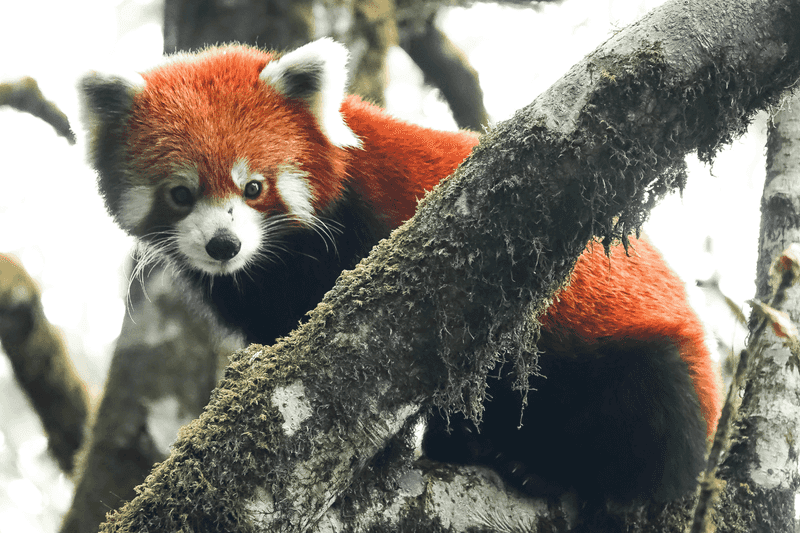
Despite international protection, red pandas fetch thousands of dollars on black markets. Their teddy-bear appearance makes them targets for wildlife traffickers who sell them to exotic pet collectors.
Anti-poaching units now patrol key habitats with tracking dogs and camera traps. Border checkpoints have strengthened wildlife inspection protocols, and several countries have imposed harsher penalties for red panda trafficking offenses.
3. Livestock Grazing Degrades Forests
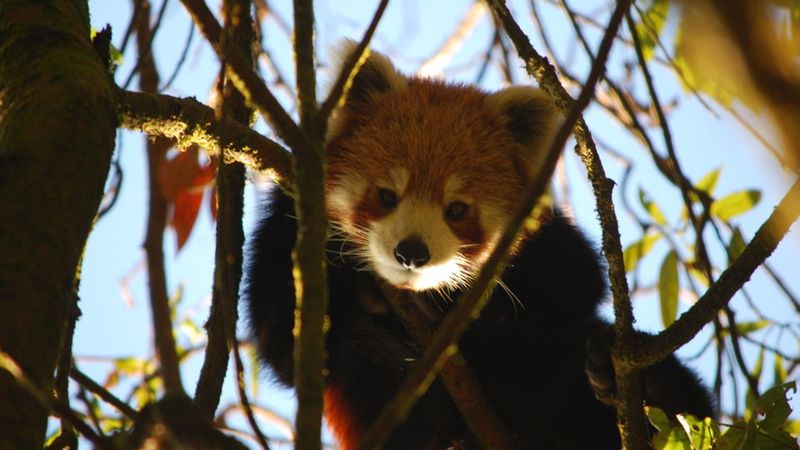
Yaks, goats, and sheep roam freely through mountain forests, trampling delicate bamboo shoots that red pandas depend on. Their hooves compact soil, preventing new growth while their grazing habits eliminate food sources.
Innovative fencing projects now protect critical red panda zones while still allowing villagers to maintain their livelihoods. Some communities have adopted rotational grazing systems that give damaged areas time to recover.
4. Climate Change Shrinks Suitable Habitats
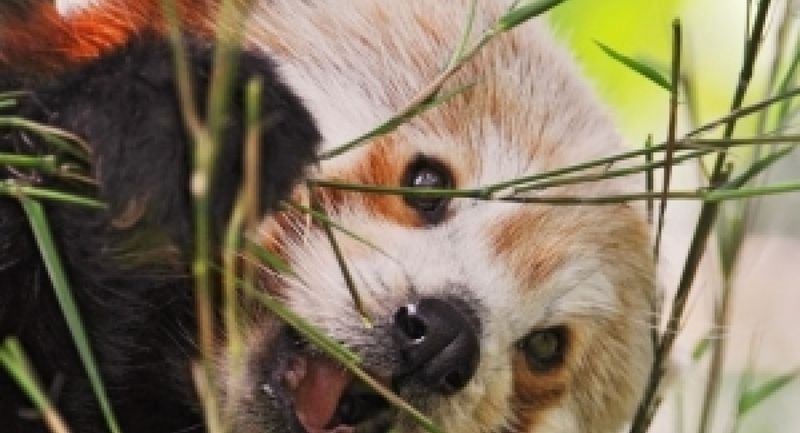
Rising temperatures are pushing bamboo forests upward in elevation, shrinking available red panda territory. Scientists predict up to 70% of current habitat could become unsuitable within decades.
Research teams are identifying climate-resilient forest patches that might serve as future refuges. Some conservation groups are planting heat-tolerant bamboo varieties to ensure food security for red pandas as temperatures climb.
5. Low Reproductive Rate Hinders Recovery
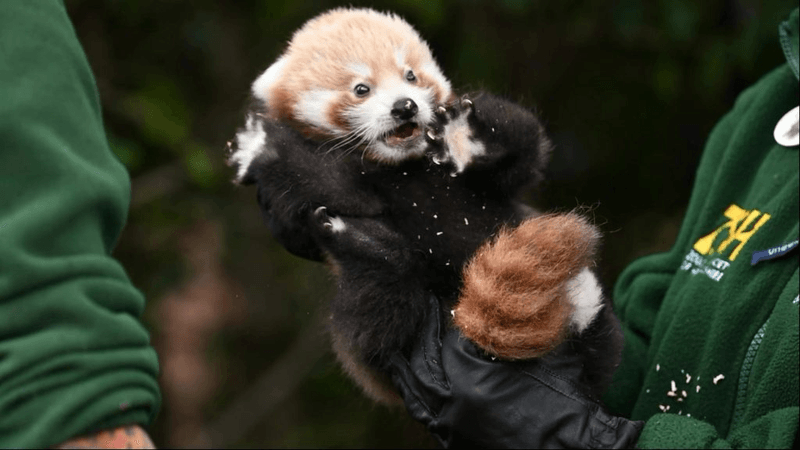
Female red pandas enter estrus just once yearly, typically producing only one or two cubs. Mortality rates among cubs reach nearly 50% in the wild, creating a perfect storm for population decline.
Scientists study hormone cycles and breeding behaviors to improve captive breeding success. Wildlife sanctuaries now implement specialized nutrition programs for pregnant females and nursing mothers to boost cub survival rates.
6. Roads And Infrastructure Fragment Forests
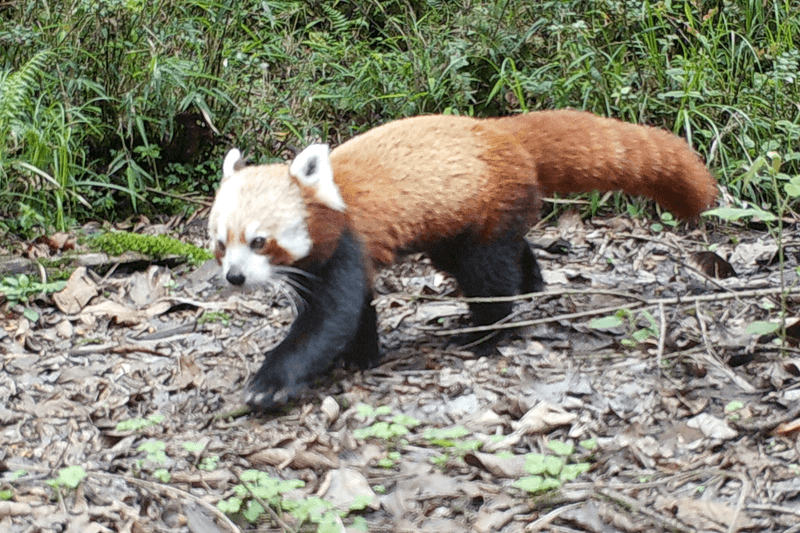
New highways slice through once-continuous forests, creating deadly barriers for red pandas. These shy creatures rarely cross open spaces, becoming trapped in ever-shrinking forest islands.
Wildlife bridges now span some roadways, allowing safe passage between separated habitats. Engineers in Nepal and China have pioneered designs specifically tailored to red panda behavior, incorporating bamboo plantings and tree canopy connections.
7. Bamboo Shortages Threaten Survival
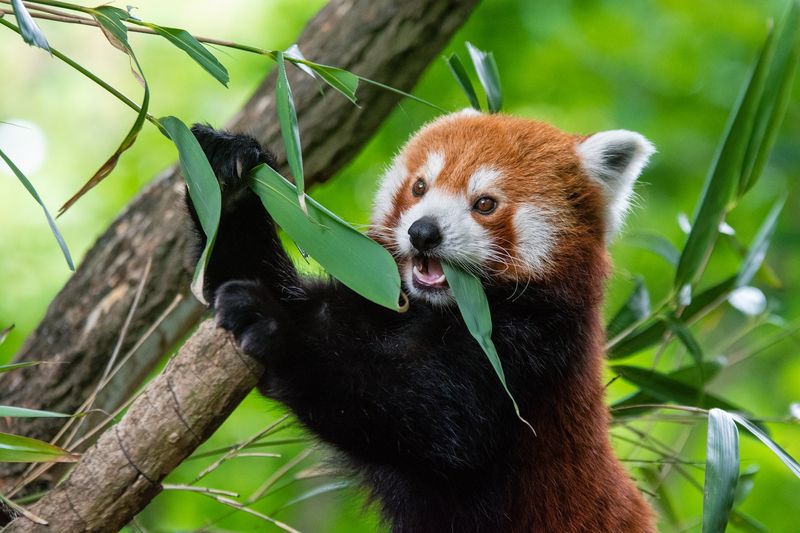
Red pandas obtain 90% of their nutrition from bamboo, consuming nearly 20,000 leaves daily. When bamboo flowering cycles cause die-offs, entire populations face starvation.
Conservationists now map bamboo species distribution to identify potential food shortage zones. Emergency feeding stations provide supplemental nutrition during critical periods, while bamboo nurseries cultivate diverse species to restore depleted areas.
8. Accidental Snare Traps Claim Lives
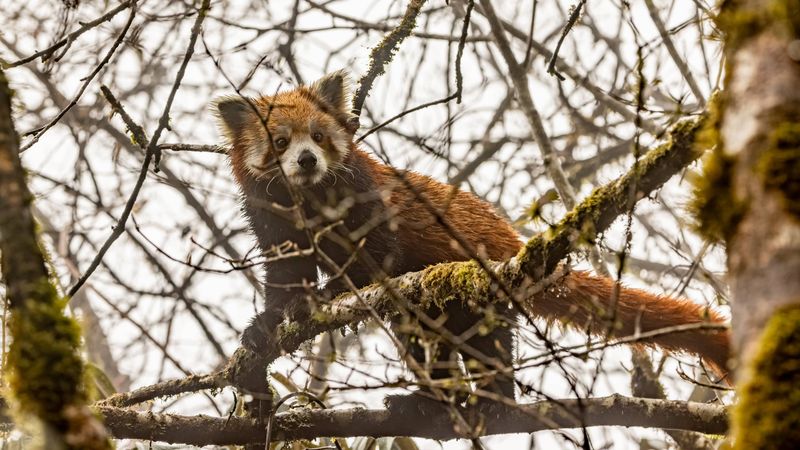
Wire snares set for deer and wild boars become deadly traps for curious red pandas. These painful devices cause horrific injuries, with many victims dying slow deaths before they can be found.
Community anti-snaring teams now conduct regular forest sweeps to remove illegal traps. Former hunters have become conservation allies, using their knowledge to locate snaring hotspots while educating fellow villagers about the unintended consequences.
9. Genetic Diversity Faces Dangerous Decline
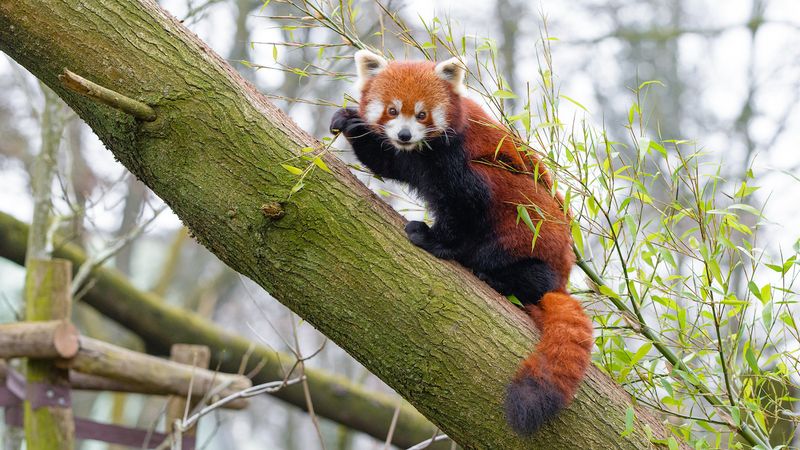
Isolated red panda populations can no longer exchange genetic material naturally. DNA analysis reveals concerning levels of inbreeding in several regions, reducing disease resistance and adaptive capacity.
Conservationists have established a global genetic database tracking individual lineages. Some programs carefully relocate pandas between fragmented populations to introduce fresh genetics, while captive breeding focuses on maintaining the widest possible genetic diversity.
10. Breeding Programs Maintain Genetic Lifelines
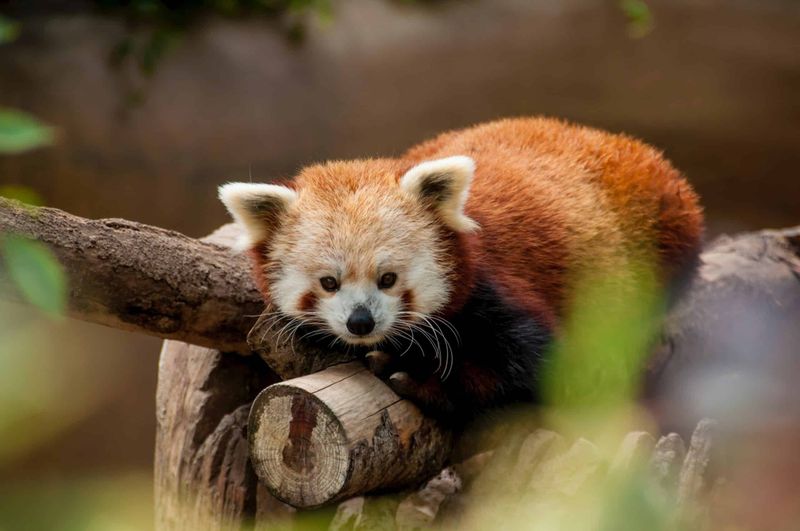
Zoos worldwide coordinate breeding through Species Survival Plans that track every captive red panda. These genetic matchmaking programs prevent inbreeding while maintaining characteristics of wild populations.
Success stories include the birth of over 60 cubs annually in managed care. Modern facilities recreate natural habitats with proper elevation, temperature, and bamboo varieties to encourage natural behaviors and prepare potential candidates for wild release.
11. Forest Corridors Reconnect Fragmented Habitats
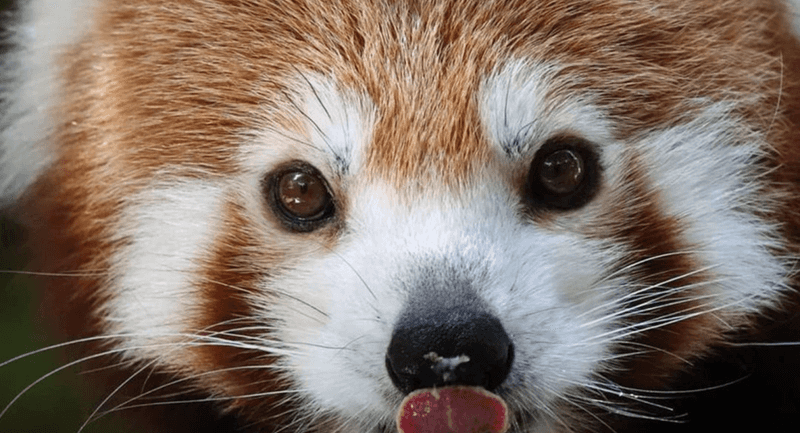
Ambitious reforestation projects are creating living bridges between isolated red panda populations. Local villagers plant native trees and bamboo species along carefully mapped routes that connect larger forest patches.
Satellite tracking confirms pandas are using these green corridors to expand their territories. One successful project in eastern Nepal has reconnected three previously isolated populations, allowing natural migration and breeding between groups for the first time in decades.
12. Local Communities Become Conservation Partners
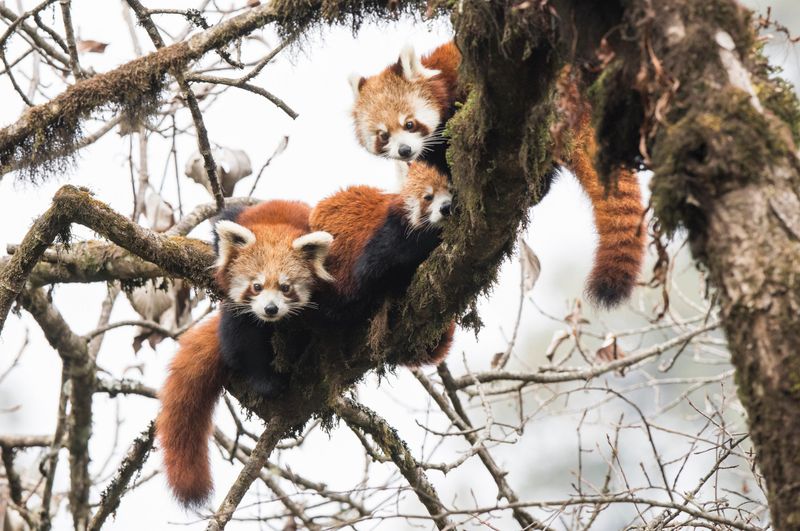
Mountain villages once viewed red pandas as competitors for forest resources. Today, many communities run panda-focused ecotourism programs that generate sustainable income while protecting critical habitats.
Forest guardians recruited from local villages monitor territories and report threats. Women’s cooperatives produce handicrafts featuring red panda imagery, creating economic incentives to protect the species while raising awareness among visitors from around the world.

